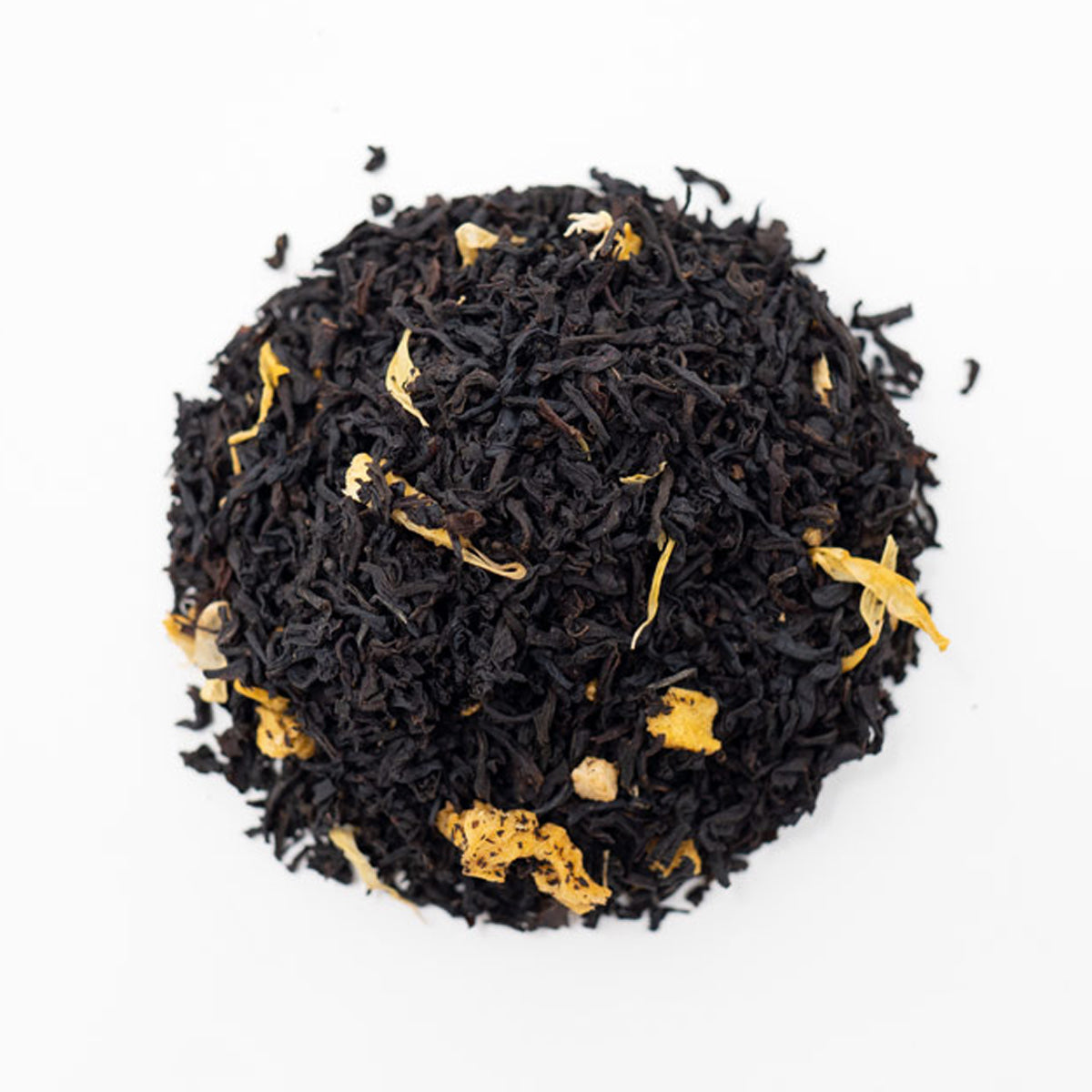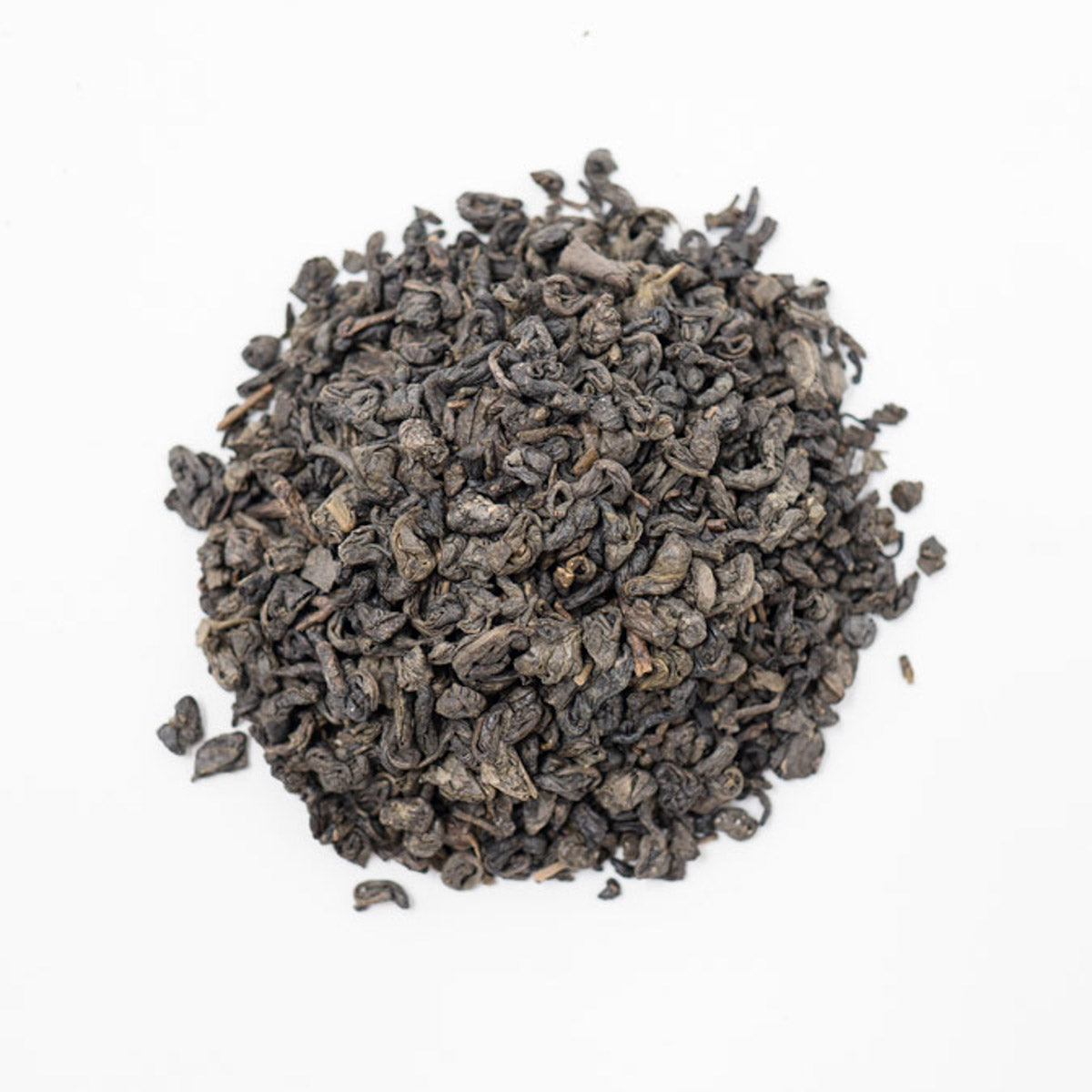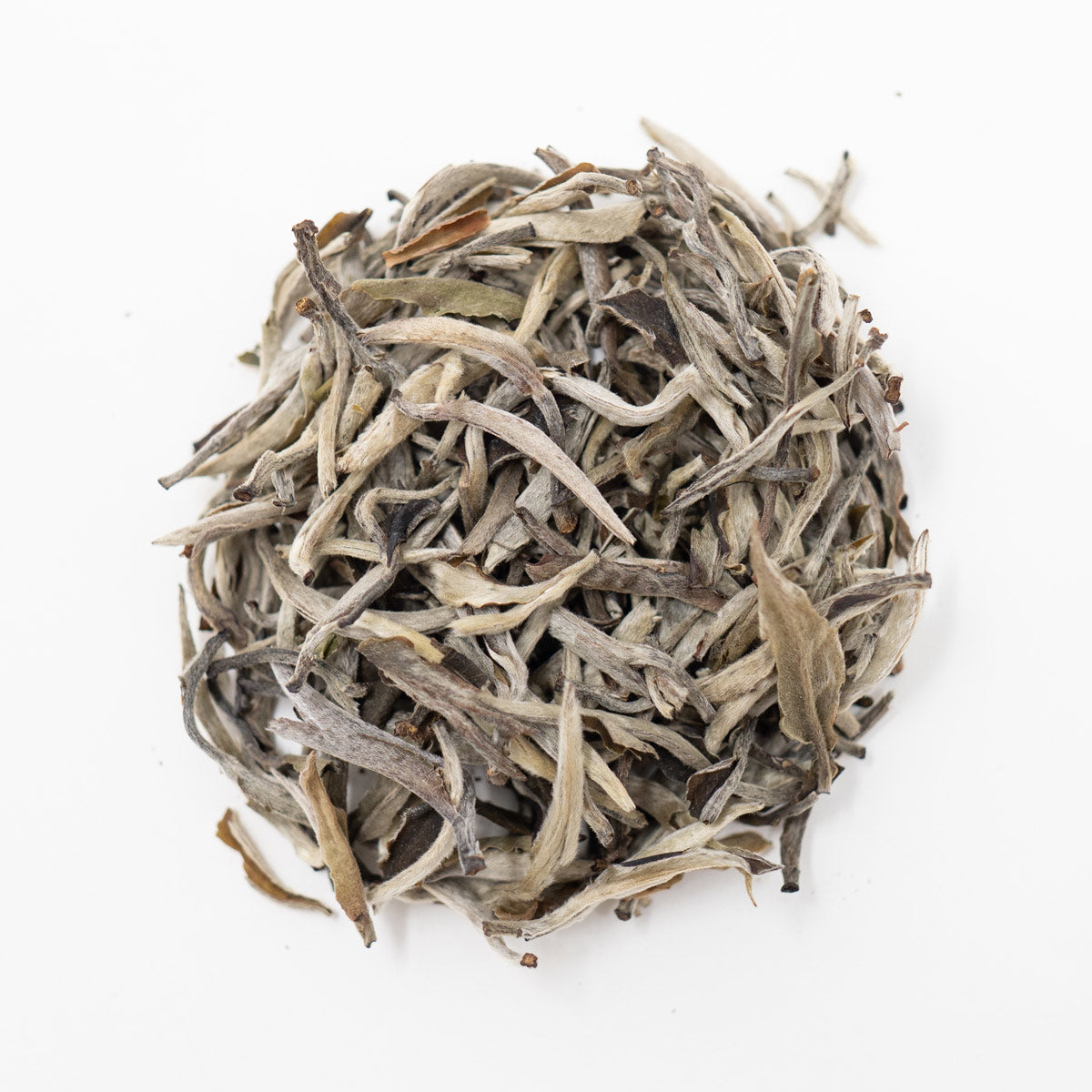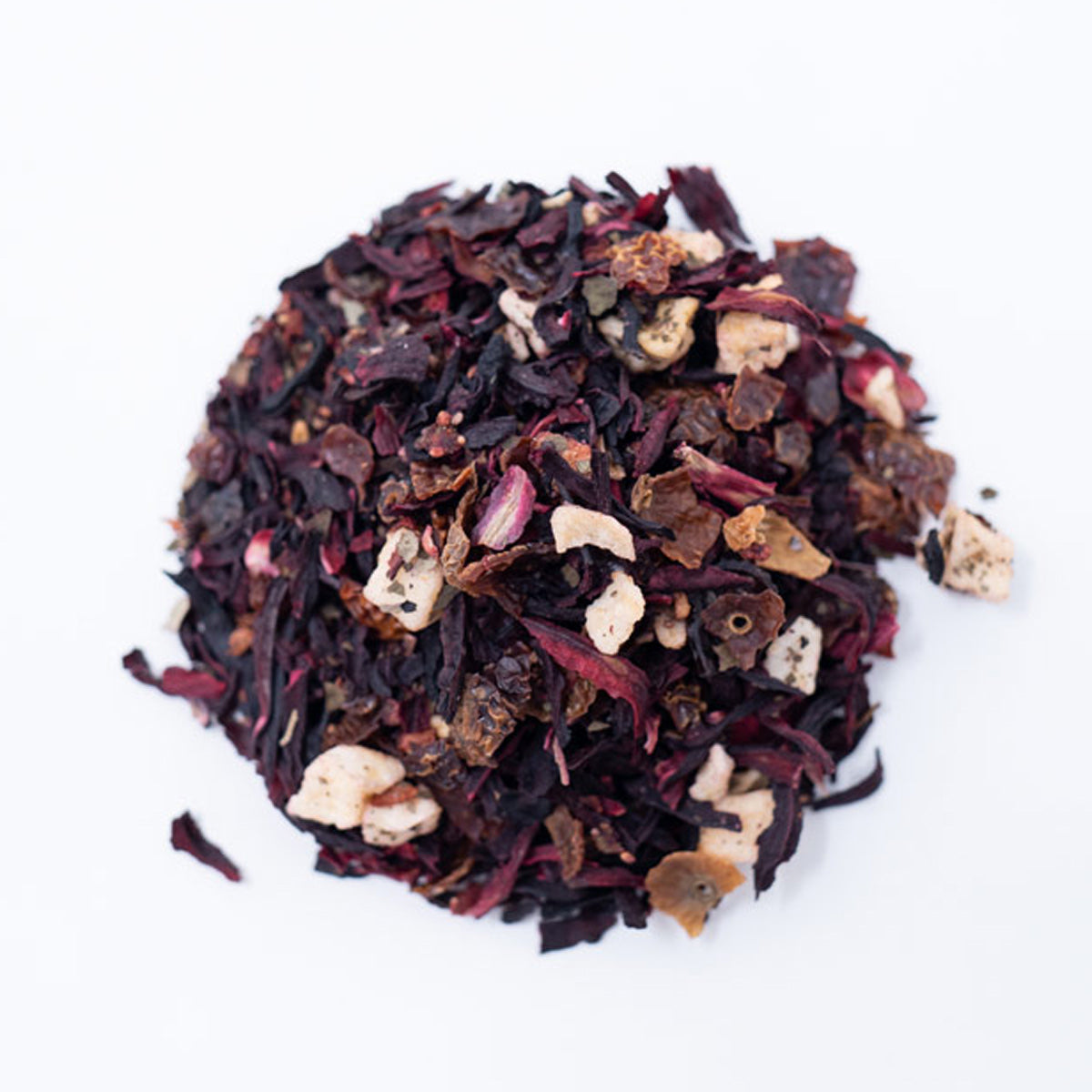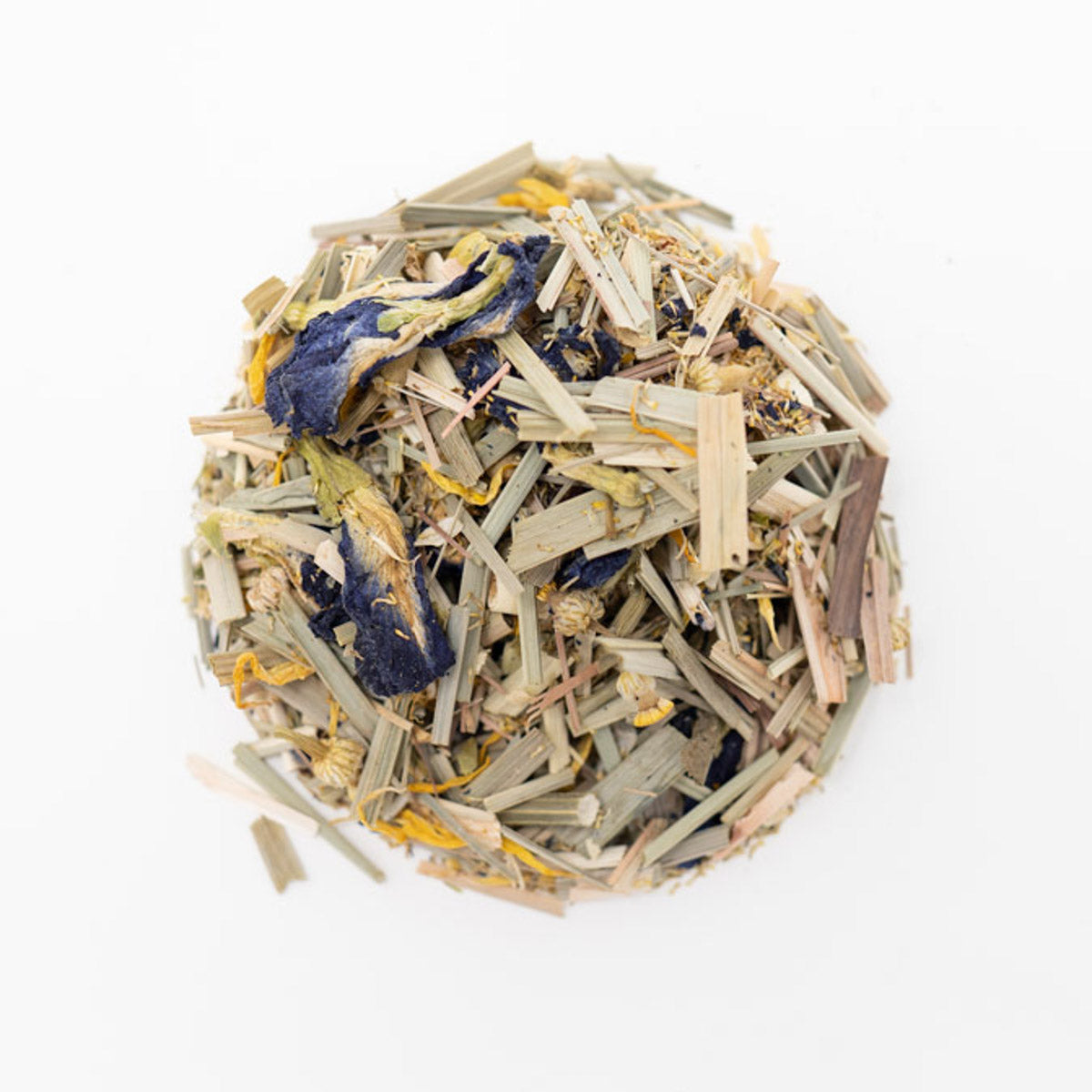Tea 101 | A Brief Overview of the Tea Plant
Tea has been a universally enjoyed beverage for centuries. However, the origin of tea is not widely known. To help clarify the confusion about tea origins and where our teas specifically come from, we have included an “origin filter” in our search function as well as a new ‘details’ section of each tea description. This filter includes numerous origins from China to Sri Lanka to help you find origin-specific teas, and most importantly, get acquainted with the countries from which they are grown.
Origin of Tea
Before we explore the origin of tea, we will give a brief overview of the tea plant. There is actually only one plant in the world that produces true tea. That plant is called Camellia Sinensis. All types of true tea come from the same plant and it is only grown in China and select locations in Japan and India. The Camellia Sinesis plant thrives in crisp, high, mountainous regions, and the combination of constant mist and stable temperature allows the plant to grow slowly and the leaves to remain tender. Like wine, the environment and soil play a large role in the development of the quality of the tea. Depending on the harvesting and processing methods, this one plant will become green, black, or white tea. The variation is in the processing, not the plant itself.
Tisane vs. Tea
Have you also noticed the word “tisane” floating around our website? Tisane, also known as herbal tea, is actually not a true tea. You can say it is the distant cousin of the tea family. Unlike black, green, or white tea, tisanes do not use the leaves of the Camellia Sinensis plant. Tisanes are made by the infusion or decoction of herbs, fruit, spices, and other plant materials in hot water. The most common ingredients you will find in a tisane are chamomile, hibiscus, mint, and rooibos. Most tisanes do not contain caffeine and were originally used for medicinal purposes before they became a popular beverage. Three of the most popular types of tisanes include Rooibos, Yerba Mate, and Fruit Tisanes.
Environment for Camillia Sinensis
Since the Camellia Sinensis plant needs a specific environment to thrive, only specific locations around the world can grow the plant and produce excellent tea. One of the most well-known regions for growing tea is China. It is no secret that they have been drinking tea for thousands of years! Large parts of the country offer just the right combination of humidity, temperature, and altitude for the Camellia Sinensis plant to become a delicious drink. But China is not the only country that can produce top-quality tea. The top 20 producers of tea in the world include 12 Asian countries, 7 African countries, and Argentina. That is a lot of variety!
U.S. Grown Tea
One of the most common questions we receive about our tea is around the topic of tea from the United States. It may surprise you to know that there is only one farm here in the United States that grows and produces tea with any sort of volume: the Charleston Tea Plantation near Charleston, South Carolina. Matt & Eden were able to visit the plantation in 2019 to tour the facilities, learn about their process, and try a variety of their teas. At the end of our trip, we concluded that their processes, qualities, and flavors were not up to the demanding standards we have set for Hackberry Tea. They are OK teas, but we felt like the only reason we’d sell them was to say we had US grown Camillia Sinensis, not because we thought they added to the quality of our products. We do not want to put a tea up for sale unless we know it is the best we can offer to our customers.
Tea has had an amazing influence across history. From its origins in 2500 B.C. China to new ways to drink it iced in the 20th century, tea has been around humanity for an incredibly long time. Even though Camellia Sinesis can only grow in one region of the world, many other cultures, like the Japanese and British cultures, adopted tea as part of their identities. The topic of tea origins is a hot one right now, and we will be writing more about it here in the near future. Be on the lookout for our discussion on Chinese tea origins and United States tea origins. We will do a deeper dive on tea from both countries and hopefully, you can use that information to find your new favorite teas.
